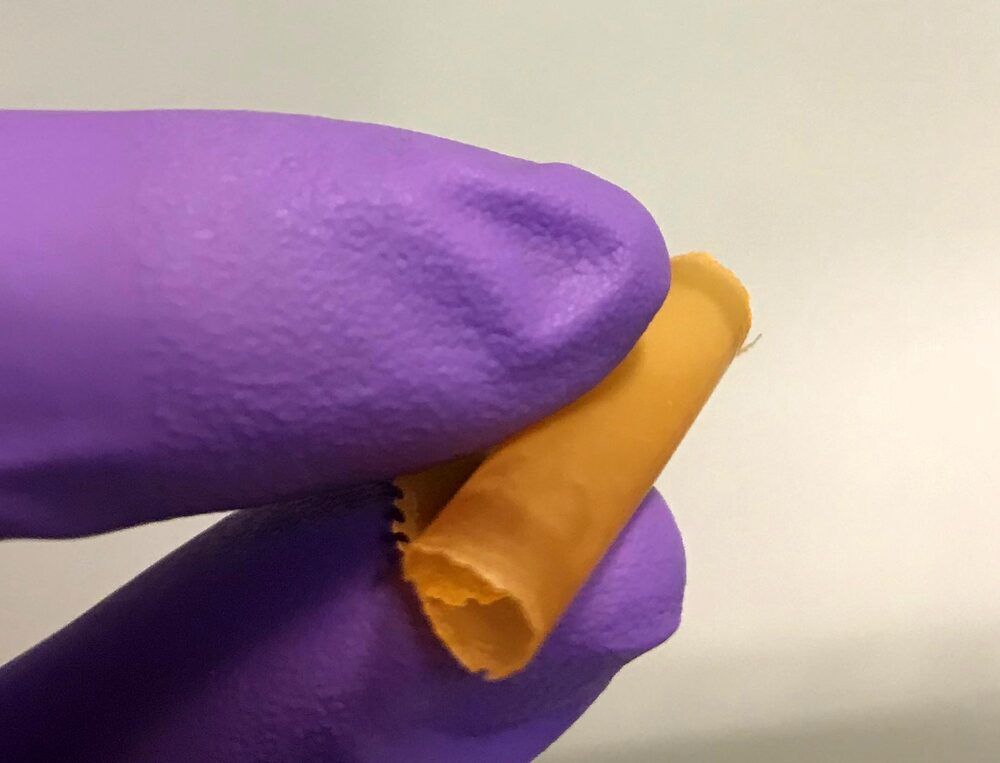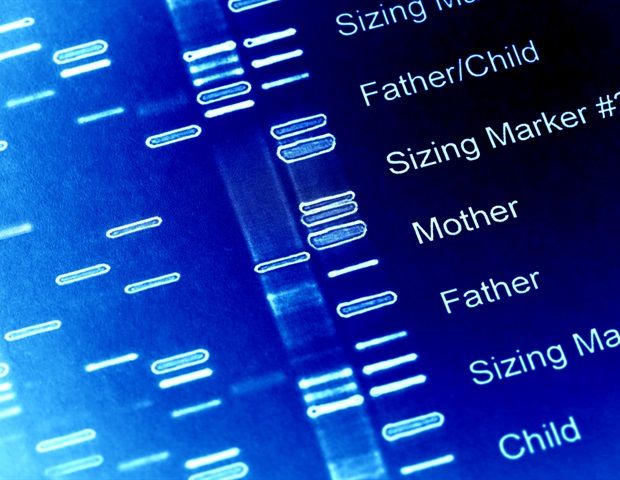Jellyfish have no blood and no brains o.o…
Although jellyfish have been around for over 650 million years, they’re still very mysterious. Learn the all about the fascinating jellyfish life cycle.




Adding absorbent nanoparticles to polymer membranes simplifies desalination.
University of California, Berkeley, chemists have discovered a way to simplify the removal of toxic metals. like mercury and boron. during desalination to produce clean water, while at the same time potentially capturing valuable metals, such as gold.
Desalination — the removal of salt — is only one step in the process of producing drinkable water, or water for agriculture or industry, from ocean or waste water. Either before or after the removal of salt, the water often has to be treated to remove boron, which is toxic to plants, and heavy metals like arsenic and mercury, which are toxic to humans. Often, the process leaves behind a toxic brine that can be difficult to dispose of.
Experiment opens up field for new physics, say Fermilab, UChicago scientists.
The news that muons have a little extra wiggle in their step sent word buzzing around the world this spring.
The Muon g-2 experiment hosted at Fermi National Accelerator Laboratory announced on April 7 that they had measured a particle called a muon behaving slightly differently than predicted in their giant accelerator. It was the first unexpected news in particle physics in years.
World Economic Forum Founder Klaus Schwab opens Cyber Polygon 2021 with a warning: “A lack of cybersecurity has become a clear and immediate danger to our society worldwide.”
Giving the welcoming remarks at Cyber Polygon for the second year in a row, Schwab spoke at length about the World Economic Forum’s (WEF) desire to tackle cybersecurity by bringing together a closer merger of corporations, small businesses, and governments.
Last year, Schwab warned, “We all know, but still pay insufficient attention to, the frightening scenario of a comprehensive cyber attack, which would bring a complete halt to the power supply, transportation, hospital services, our society as a whole.”

Transportable tiny homes are complex operations, to say the least. Designing them to be sustainable makes building them that much more of an intricate process. First Light Studio, a New Zealand-based architecture group built their own tiny home with help from a local company Build Tiny, Ohariu, checking all of the above boxes. Built to be net-zero through several sustainable features and compact enough to meet all NZTA regulations for mobile homes.
Ohariu was built by First Light Studio and Build Tiny from a client’s brief calling for, “a refined tramping lodge on wheels.” That’s code for hiking, for all us Americans. Since the tiny home would primarily be used for hiking trips and traveling throughout the outdoors, Ohariu was built to be adaptable and versatile above all else. Inside, the living spaces are described by the architects at First Light Studio as being, “more a large and very detailed piece of furniture than a traditional house build, the fit-out [focusing] on the things that are important and necessary.”
Catering to the necessities and casual family pastimes, the tiny home is doused in modular and multifunctional design that’s surrounded by creamy poplar plywood walls and silvery fittings that add a touch of refinement to an otherwise bare interior. Each furniture piece inside Ohariu doubles as storage to maintain an open, clutter-free interior where the tiny home’s family would bond over pastimes like cooking, playing card games, and enjoying the surrounding landscape. Featuring a chef’s kitchen, Ohariu comes with plenty of prep space for cooking and integrates tilt-up tabletops to make even more for when there’s company. Outside, Ohariu is coated in a stealthy ebony corrugate to match its lightweight mobility, supported by aluminum joinery, lights, and utilities that were given the same ebony finish. Ohariu’s roof is asymmetrical with six solar panels lined up on its longer side and a mezzanine bedroom cozying up beneath its sloped short side.

Researchers from Skoltech and their colleagues from the UK have managed to create a stable giant vortex in interacting polariton condensates, addressing a known challenge in quantized fluid dynamics. The findings open possibilities in creating uniquely structured coherent light sources and exploring many-body physics under unique extreme conditions. The paper was published in the journal Nature Communications.
In fluid dynamics, a vortex is a region where a fluid revolves around a point (2D) or a line (3D); you’ve clearly seen one in your sink or may have felt one in the form of turbulence while flying. The quantum world also has vortices: the flow of a quantum fluid can create a zone where the particles revolve persistently around some point. The prototypical signature of such quantum vortices is their singular phase at the core of the vortex.
Skoltech Professors Natalia Berloff and Pavlos Lagoudakis and colleagues studied vortices created by polaritons – odd hybrid quantum particles that are half-light (photon) and half-matter (electrons) – forming a quantum fluid under the right conditions. They were looking for a way to create vortices in these polariton fluids with high values of angular momentum (i.e., getting them to rotate fast). These vortices, also known as giant vortices, are generally very hard to obtain as they tend to break apart into many smaller vortices with low angular momentum in other systems.

A team of physicists, including the University of Warwick, have proved that a subatomic particle can switch into its antiparticle alter-ego and back again, in a new discovery just revealed last week.
“This new result shows for the first time that charm mesons can oscillate between the two states.”
An extraordinarily precise measurement made by UK researchers using the LHCb experiment at CERN has provided the first evidence that charm mesons can change into their antiparticle and back again.

Using CRISPR-Cas9, the researchers subsequently removed the one copy of the Ndn gene from the 15q dup mouse model to generate mice with a normalized genomic copy number for this gene (15q dupΔNdn mouse). Using this model, they demonstrated that the abnormalities observed in 15q dup mice (abnormal spine turnover rate and decreased inhibitory synaptic input) could be ameliorated.
A research group including Kobe University’s Professor TAKUMI Toru (also a Senior Visiting Scientist at RIKEN Center for Biosystems Dynamics Research) and Assistant Professor TAMADA Kota, both of the Physiology Division in the Graduate School of Medicine, has revealed a causal gene (Necdin, NDN) in autism model mice that have the chromosomal abnormality called copy number variation.
The researchers hope to illuminate the NDN gene’s molecular mechanism in order to contribute towards the creation of new treatment strategies for developmental disorders including autism.
These research results were published in Nature Communications on July 1, 2021.